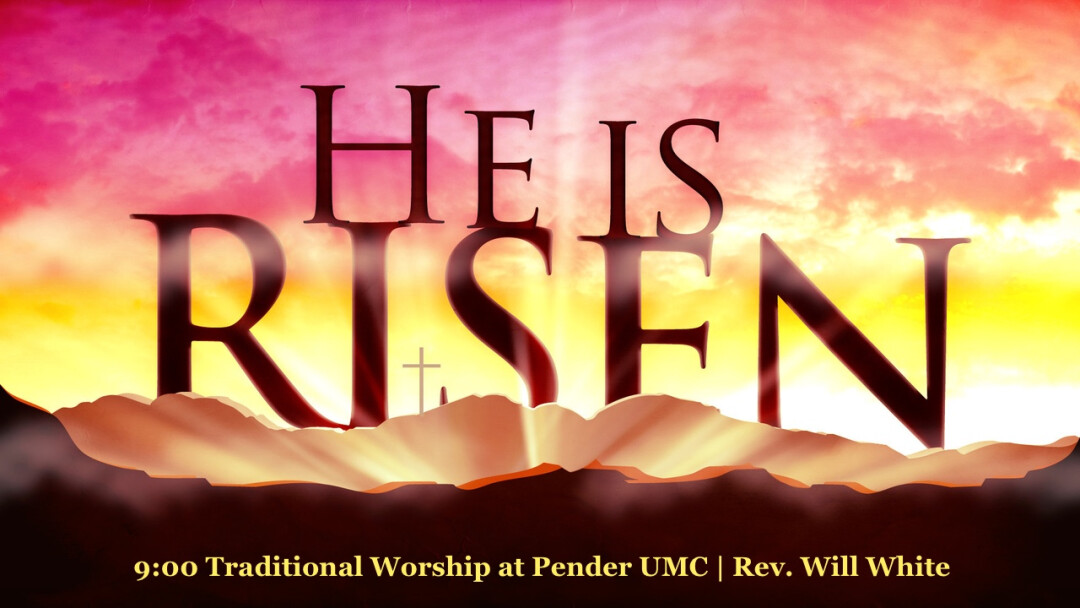
Global virtual choir sings Easter hymn
More than 400 United Methodists from around the world have joined in singing the favorite Easter hymn "Thine Be the Glory." Even in the midst of the pandemic, church members can celebrate Christ's resurrection together.
This was an amazing experience bringing together over 400 singers from different countries, congregations, and communities – proving that even in the midst of a pandemic we are still united.
This project would not have been possible without the help of some amazing folks lending a hand:
- The arrangement used of “Thine Be the Glory” was written and performed by Rev. Jared Wilson, Senior Associate Pastor and Director of The Music & Arts Academy at Madison Street UMC in Clarksville, Tennessee.
- The Worship Team at Discipleship Ministries for coordinating the project and providing the vision for the Easter choir.
- And of course, all 400 singers who submitted wonderful videos for us to use.
Thank you all and Happy Easter!
“Thine Be the Glory” is #308 in The United Methodist Hymnal.
Thine be the glory,
Risen, conquering Son;
Endless is the victory
Thou o’er death hast won.
Angels in bright raiment
Rolled the stone away,
Kept the folded grave clothes
Where the body lay.
Edmond L. Budry (1854-1932) wrote this hymn, originally in French as “A Toi la gloire, ô Ressuscité.” He was the pastor of the Free Evangelical Church of the Canton of Vevey, Switzerland, having studied theology at Lausanne.
The hymn was written in 1884 and appeared first in Chants Evangeliques (1885). A translation by Richard Birch Hoyle (1875-1939) gave the hymn increased visibility, especially when it appeared in the first edition of the hymnal for the World Student Christian Federation, Cantate Domino (1924). The Methodist Hymn Book (1933) was the first European hymnal to include the hymn.
Methodist hymnologist Fred Gaely notes that, “Budry was often asked to make translations of favorite German or English hymns, but he preferred to rewrite the texts, often improving on the original, and often freely adapting old Latin hymns.”
The inspiration for this hymn, according to Budry’s friend Paul Laufer, came from the words of Friedrich-Heinrich Ranke (1798-1876), published to the tune, MACCABAEUS, by George Fredrick Handel (1685-1759). The tune was adapted from a processional song in Handel’s oratorio Joshua (1747), as well as later versions of the more famous oratorio Judas Maccabaeus (1746).
Budry freely adapted Ranke’s Advent text and transformed it as an Easter hymn. As Gaely recognized, the Easter text “emphasized still more the triumphal nature of Handel’s music.” John Wesley, a contemporary of Handel, enjoyed this tune very much and cites it as one of his favorites in journal entries for March 29, 1774, and March 30, 1787.
According to English hymnologist J. Richard Watson, the hymn “is based on the Gospel accounts of the Resurrection (with a brief allusion to St. Thomas and doubt in verse 3), together with St. Paul’s commentary on it in I Corinthians 15.” This is especially evident in the use of the word “victory” in the refrain, reminiscent of I Corinthians 15:57: “But thanks be to God, which giveth us the victory through our Lord Jesus Christ.”
Stanza two almost quotes directly I Corinthians 15:55. The Scripture says, “O death, where is thy sting? O grave, where is thy victory?” Hoyle’s translation of the second stanza concludes, “death hath lost its sting.”
This hymn took on new life for me in August 2008 when I joined a group of United Methodist musicians in a teaching mission to Côte d’Ivoire, the newest (admitted formally to the denomination at the 2008 General Conference) and largest (nearly 700,000 members) of the denomination’s conference regions. Sponsored by the Global Praise Project of the General Board of Global Ministries, our group was charged to train a new generation of church musicians in Côte d’Ivoire.
As we concluded our time in this West African country, we realized that we were taught as much—if not more—by the African Christian musicians than we were teaching. One of the hymns that these United Methodists sang with great vigor was “A Toi la gloire, ô Ressuscité.” We heard it in two versions: the first was the classic Western hymn style; the second was a West African version complete with drums, electronic keyboards and guitars. Both were delightful.
It was a joy to see how this hymn has transcended not only time and cultures, but also continents to resonate with a vibrant Easter joy.
Dr. Hawn is professor of sacred music at Perkins School of Theology, SMU.


